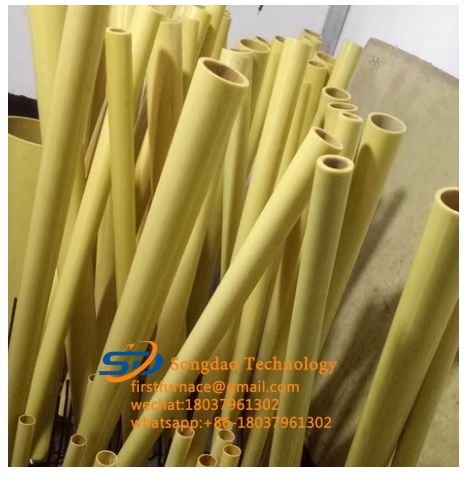- 26
- Feb
Daim ntawv thov yam ntxwv ntawm epoxy iav fiber ntau raj
Daim ntawv thov yam ntxwv ntawm epoxy iav fiber ntau raj:
1. Various methods. Various resins, curing agents, and modifier systems can simply adapt to the requirements of various applications, and their scale can range from extremely low viscosity to high melting point solids.
2. Convenient curing. Using various curing agents, the epoxy resin system can be cured within a temperature range of 0~180℃.
3. Muaj zog adhesion. Lub hav zoov ntawm polar hydroxyl thiab ether daim ntawv cog lus [1] muaj nyob rau hauv cov saw molecular ntawm epoxy resin ua rau nws muaj adhesion siab rau ntau yam khoom. Lub shortening ntawm epoxy resin yog tsawg thaum kho, thiab cov kev ntxhov siab sab hauv tsim yog me me, uas kuj pab txhim kho lub zog adhesion.
4. Low shortening. The reaction between the epoxy resin and the curing agent used is carried out by direct addition reaction or ring-opening polymerization reaction of epoxy groups in the resin molecule, and no water or other volatile by-products are released. Compared with unsaturated polyester resins and phenolic resins, they show very low shortening (less than 2%) during the curing process.
- Mechanical function. The cured epoxy resin system has excellent mechanical functions.

